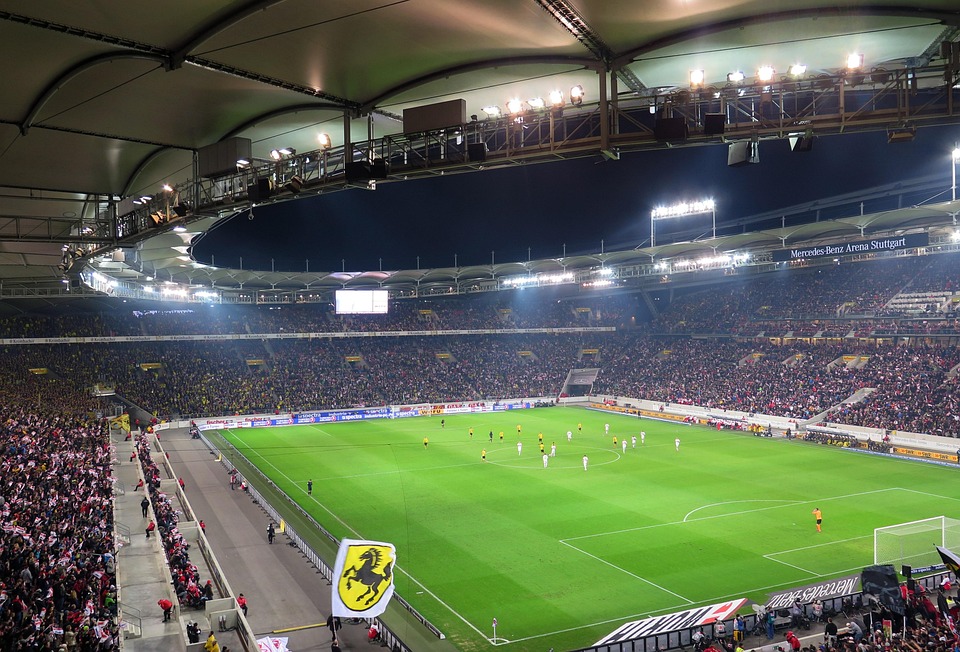In a world that is progressively leaning towards inclusivity, the concept of accessibility has become crucial, especially in public spaces like arenas. These venues, often bustling with fans eager to enjoy concerts, sports events, and community gatherings, must not only provide entertainment but also ensure that everyone, regardless of physical ability, can engage safely and comfortably. This article delves into the importance of accessible arenas and explores steps that can be taken to foster inclusivity.
The Importance of Accessibility in Arenas
Accessibility is essential in ensuring that everyone has equal opportunities to participate in communal experiences. According to the World Health Organization, over a billion people live with some form of disability. This statistic highlights that a significant portion of the population may face challenges in accessing physical venues. Therefore, creating an inclusive environment matters not just ethically but also enhances potential attendance and engagement at events.
Enhancing the Experience
Arenas that are not accessible can marginalize individuals with disabilities, limiting their ability to enjoy events alongside friends and family. Making necessary adjustments—such as providing wheelchair ramps, designated seating areas, accessible restrooms, and auditory and visual aids—can transform an entire experience for a person with a disability, allowing them to fully engage in the event.
Practical Steps for Improved Accessibility
1. Structural Modifications
Entrance and Exit Points: Ensuring that all entry and exit points are wheelchair accessible is crucial. This includes the installation of ramps, elevators, and automatic doors to facilitate easy access.
Seating Arrangements: Designating specific areas for wheelchair users and ensuring that seating for accompanying guests is nearby encourages inclusivity. Fixed and flexible seating arrangements should also take into account individuals who may need additional assistance.
Restroom Facilities: Designing spacious, accessible restrooms equipped with grab bars, lower sinks, and emergency pull cords ensures that everyone can use these facilities.
2. Communication Access
Sign Language Interpreters: Providing interpreters for events, as well as captioning for all visual displays, ensures that individuals who are deaf or hard of hearing can fully participate.
Visual and Auditory Aids: Install assistive listening devices and provide visual aids for those with sensory impairments. This empowers all attendees to enjoy the atmosphere and excitement of live events.
3. Staff Training
Educating staff members on the importance of accessibility and how to assist individuals with various disabilities is vital. Training can equip them with the knowledge and skills needed to provide appropriate support, ensuring that everyone feels welcomed and valued.
4. Inclusive Marketing
Marketing efforts should reflect a commitment to inclusivity. Featuring diverse representations in promotional materials can help raise awareness and inform potential attendees about accessibility options available at the venue.
5. Community Engagement
Consulting with individuals with disabilities and disability advocacy groups during the planning and design phases of arena renovations or constructions can provide invaluable insights on making spaces more accessible.
The Benefits of Inclusive Arenas
Creating accessible arenas does not merely serve a compliance function with legal standards; it promotes goodwill and enhances the brand image of the venue. Inclusive practices can lead to increased attendance, loyalty, and advocacy from patrons who appreciate the commitment to providing equal opportunities for all.
Moreover, as awareness around disability rights continues to rise, arenas that prioritize accessibility will lead the way in setting industry standards, inspiring other venues to follow suit.
Conclusion
Accessibility matters—it’s not only about complying with regulations but about fostering community, compassion, and equality. By investing in accessibility initiatives, arenas can create an environment where everyone can participate, enjoy, and celebrate live events together. It’s time to rethink what accessibility means and take action to ensure inclusion is at the forefront of every arena’s mission. Through thoughtful planning and community engagement, we can create spaces that truly welcome everyone, making experiences memorable for all.



